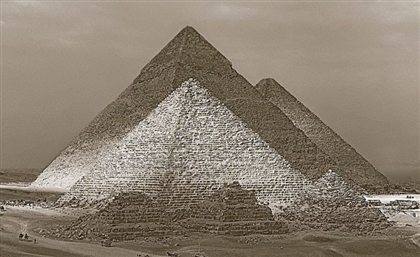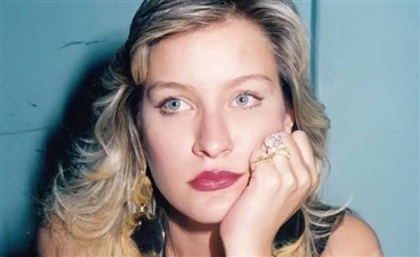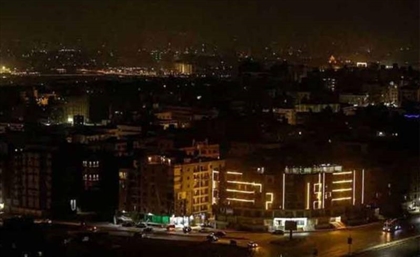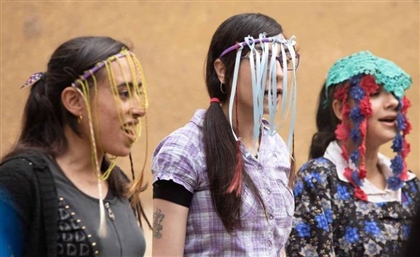The Photographers Behind the Everyday Projects: 5 Shots that Defy Perspectives
Valentina Primo picks the brains behind the lenses that continue to captivate the region and the world at large; the 'Everyday' photography movement.
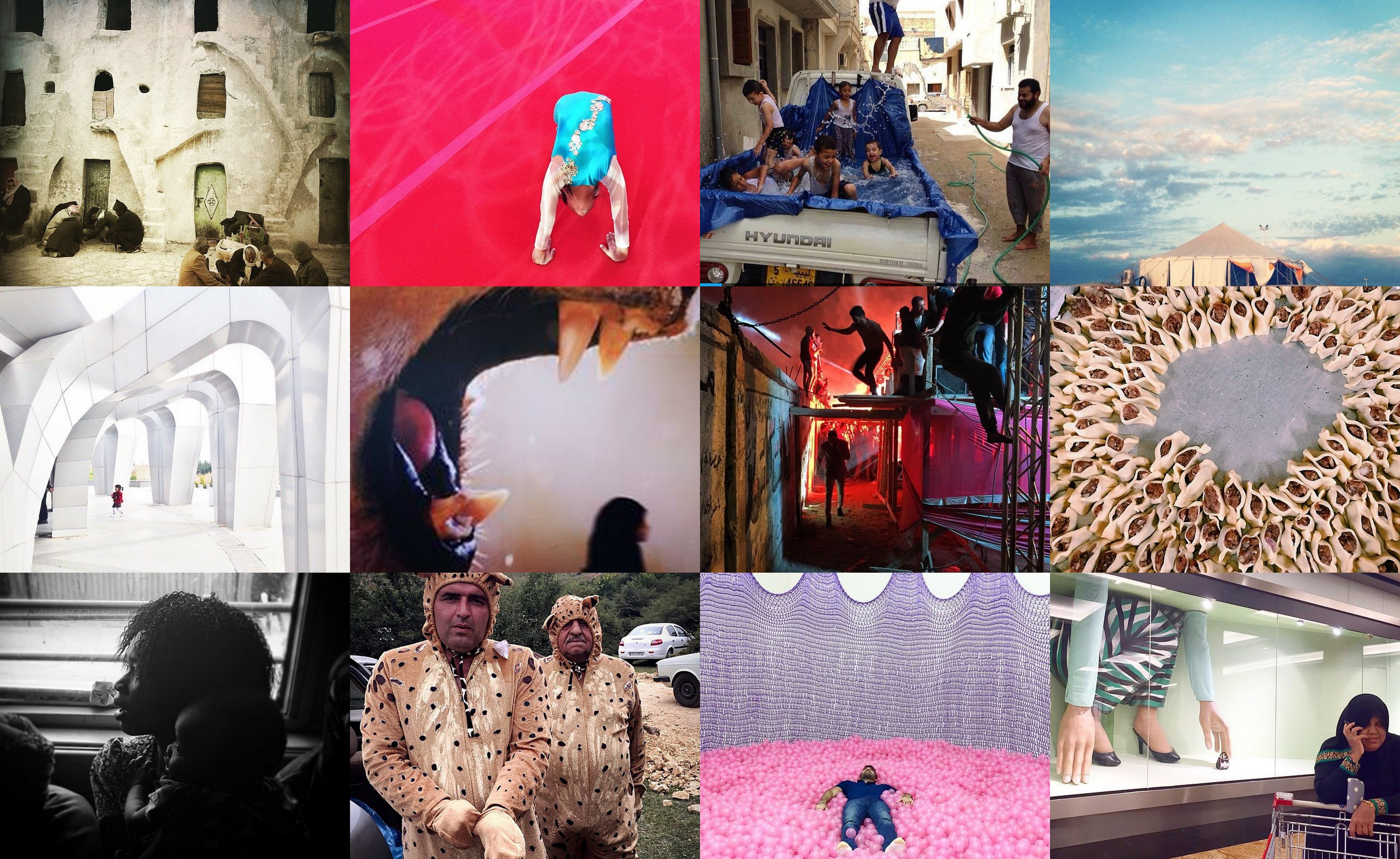
In a media landscape where a monolithic narrative portrays a region engulfed in war, extremism and poverty, Everyday Middle East swims against the tide: their daily captures of everyday - sometimes mundane - life offer a more accurate, diverse and positive outlook on a region misrepresented for centuries.
From Tanzania-born artists capturing Dubai to Belgian filmmakers attempting to smash prejudice in Egypt, five contributors working behind the project tell CairoScene how their favourite photographs twist stereotypes and make concrete impact through the power of visual storytelling.
Originally from Tanzania and based in Dubai, Mohamed Somji spent a decade in the corporate world until he began pursuing a career in photography. In 2007, he founded Gulf Photo Plus, a community based organisation and gallery space that runs photography events and activities to nurture photography talent in the Middle East.

Children play at the back of a truck in Benghazi, Libya. Photo by @f_snafi.
“I chose this picture because to me, it accentuates everything that is good about the Everyday Middle East movement. To start with, it’s from Benghazi, Libya and photos coming out of Libya never look like that, focusing instead on chaos and violence. Secondly, the photo captures a joyful, spontaneous and happy moment,” he stresses.
Somji’s photography centers on documenting social issues and capturing street scenes, while his commercial platform Seeing Things caters for different tastes, from weddings to industrial photography. His series To Be Fair: Celebrating Tanzania’s Albinos, tackles on the silent stigma and persecution suffered by albinos in equatorial Africa, where local superstitions combined with criminal minds result in human trafficking.
A perpetual follower of the Everyday Africa movement, Somji began contributing to Everyday Middle East in a personal attempt to give viewers a glimpse into the real lives beyond the headlines. “Photos of the Middle East often focus on the sensational and characterise the region as one being in perpetual conflict, turmoil and despair,” he says. “These photos remind viewers everywhere that people still go to concerts, picnics, and spend intimate moments with loved ones."
A Belgian-American documentary photographer based in Egypt, Tinne Van Loon strives to find the everyday impact of political and societal conflicts in the region. In 2014, she founded Everyday Egypt, a sister project of Everyday Middle East that aims to provide a greater context to the news headlines.

The everyday subway journey, by @hadeermahmoud1
“It’s impossible to choose a favourite image, because every image adds to the overall experience of life in Egypt, but I thought the discussion that this photo started was interesting: followers were arguing about whether they believe the woman and her child are Egyptian or not. The image really serves as a reminder that while most Egyptians only consider Egypt to be part of the Middle East, the country is located at the cross-roads between the Middle East and Africa,” she says.
An avid photographer and a passionate filmmaker, Van Loon is currently co-directing The People’s Girls, a documentary that sheds light on the epidemic of sexual harassment that haunts Egyptian women’s everyday lives. Among her photography series, the awe-inspiring sequence Nubians of Aswan offers a colorful peek into Egypt’s islands of Seheil and Heisa, where Nubians still hold on to a traditional lifestyle.
After being featured on Everyday Middle East, Van Loon decided to reach out to its founder Lindsay Mackenzie and found the sister project, Everyday Egypt. Her brainchild has now grown 130,000 followers on Facebook and receives thousands of photos tagged with #everydayegypt weekly. “It has also been interesting to see the heated discussions some images bring up, because that’s one of our goals: to spark debate over what people consider to be Everyday Egypt,” she says.
A photographer represented by Getty Reportage, David Degner does photojournalism with unparalleled style. Based in Egypt for the past five years, his freelance work has been featured in a wide variety of magazines and newspapers, including TIME Magazine, the Wall Street Journal, Le Monde, and the New York Times Magazine.

Two men dressed as #Palangi aka #leopard prepare to perform at a community event raising awareness about Iran's big cats. Tiger & lions are extinct and most other big cats are seriously threatened. Photo by @arash.golestani
“Picking a favorite photo is really hard; there have been many gems posted. My favorite recent one is the full grown men dressing up in cat suits, mainly because it rifts off the universality of cat photos on the internet,” he says as he points to a photograph taken in Iran, where two men dressed as leopards raise awareness about the country’s depletion of tigers and big cats, threatened by habitat destruction and human hunt.
Throught-provoking and visually powerful, Degner’s photo stories often dig into the realities beyond the news and offer an alternative insight into topics often depicted through a one-sided prism in mainstream media. His sequence Paradise Lost humanises the pro-Morsi protesters gathered at the Nahda Square sit-in in 2013, showing the last moments of their dreams as they lounge in a park; while The Missing sheds light on the people who disappeared without a trace.
It is this focus on stories untold, he says, that drew him towards the Everyday Middle East initiative. “The project started at a time when I was covering a lot of violence and politics professionally but I was still digging into more cultural and personal stories; so I saw the Instagram feed as an outlet for those photos that aren't influenced by the news cycle, a publication’s vision, or the lack of space,” he says. “It is a place for me to share my beautiful bastards.”
"Our feed adds a bit of diversity, context, and subtlety to an Instagram that is otherwise filled with variations of food photos, selfies, and Nicki Minaj,” he ironises.
Born and based in Iraq, 24-year-old photographer Ahmad Mousa juggles his two roles as a student of English and literature at Mustansiriya University in Baghdad, and that of a freelance photojournalist and documentary photographer for major news agencies and newspapers in Iraq.

Too cool (and tired) for school. Syrian children in Dbayeh, Lebanon. Photo by @tamarabdul
“There are too many great pictures that I love in the feed, but this one, by Tamara Abdul Hadi about cute children feeling “cool and tired” at school might be my favourite. Each one of us in the region might have remembered a moment from his childhood when he saw this picture, and that is precisely what happened to me,” he tells CairoScene.
A creative photographer passionate about storytelling, Mousa is a member of the Iraqi society of photographers and the Arabic union of photographers. His Ashura Portraits, a series to commemorate of the Ashura month marking the killing of Imam Hussein, is a stunning sequence of shots crafted with an iPhone camera. In 2014, he founded Everday Iraq, as an open project to feature mobile shots by photographers living and working in Iraq.
“2015 has had the biggest impact on my life,” he tells CairoScene with excitement. “Being invited to participate in an exhibition with Everyday Middle East outside the country, getting featured by TIME magazine as well as Instagram, and having the opportunity to work with major newspapers have all been a turning point in my career.”
An American photojournalist currently based in Istanbul, Holly Pickett moved to Egypt in early 2008, where she began a career as a freelance photojournalist that took her across the Middle East and Africa, covering news and contemporary issues, from Afghanistan to Senegal. In 2011, she documented three successive Arab Spring uprisings: Tunisia, Egypt, and Libya.

Kurdish hospitality in Lice (pronounced "Lee-jay") Turkey, April 2015. Photo by @hollypickettpix
“I picked one of my own images, of a lunch I ate with a Kurdish family whom I had just met and who were helping me with a story in rural southeastern Turkey. They were living in a small house in a town occupied by thousands of Turkish soldiers near a mountainous area where conflict sometimes broke out with the local PKK militia. They have plenty of important things to worry about, yet here was this beautiful, delicious meal, and they made me feel so welcome in their home. I have found people throughout the region to be incredibly generous and hospitable, and that's what this image represents for me,” she says.
A member of both Everyday Africa and its sister photo collective Everyday Middle East, Pickett recalls she had always been interested in the Middle East, the Arabic language, and wanted to see and experience the region for herself. “I got involved with the Everyday project because I like the idea of sharing images of daily life from places where we often only see war or poverty,” she says.
With much of her work published by the New York Times, TIME, Newsweek, The New Yorker, Stern, and Wall Street Journal, she was awarded a grant from the Pulitzer Center on Crisis Reporting in 2014 to pursue a series of stories about the lives of Syrian refugees in Europe.
“The Everyday feeds are interesting because they are a real window into what people's everyday life looks like across many languages and cultures. When I was in West Africa in late 2012, Peter DiCampo and Austin Merrill were just getting the original Everyday feed, Everyday Africa, off the ground." As her relocation to Turkey coincided with the expansion of the project across continents, Pickett joined Everyday Middle East as well.
- Previous Article Eat & Barrel Rolls Into Ramadan
- Next Article The Best Ramadan Adverts 2015




